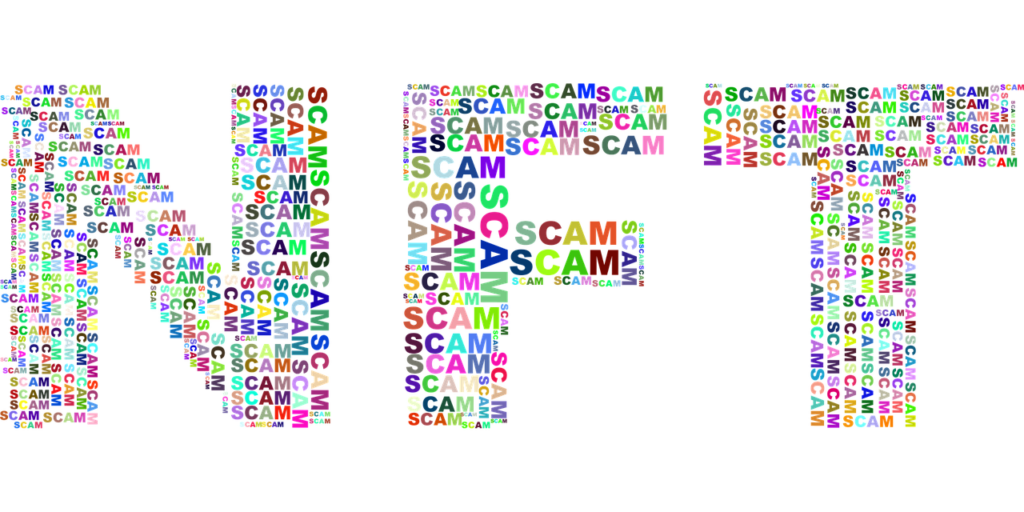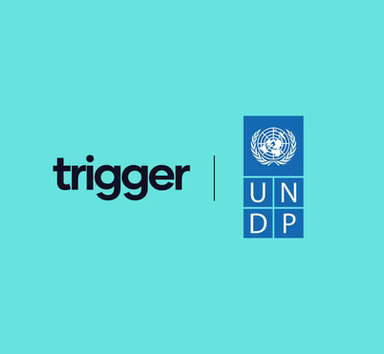The Rise of NFTs: A Deep Dive into Their Evolution, Trends, and Future

Introduction
Non-fungible tokens (NFTs) have transformed the digital landscape, revolutionizing industries from art and gaming to real estate and finance. Emerging as a response to the growing demand for digital ownership, NFTs leverage blockchain technology to authenticate and verify unique digital assets. Let’s explores the origin of NFTs, their significance, current trends, and what the future holds for this rapidly evolving space.
The Origins of NFTs
NFTs trace their roots back to the early 2010s, with projects like Colored Coins and CryptoPunks setting the foundation for digital ownership. However, the real breakthrough came in 2017 with the launch of CryptoKitties, a blockchain-based game that allowed users to buy, breed, and sell virtual cats. This showcased the potential of NFTs in gaming and collectibles.
NFTs gained mainstream attention in 2021 when digital artist Beeple sold an NFT artwork for $69 million at Christie’s auction house. Since then, NFTs have become a multi-billion-dollar industry, attracting celebrities, brands, and investors worldwide.
Why Were NFTs Created?
NFTs were designed to address key issues in digital ownership, including:
- Scarcity & Authenticity: Traditional digital assets can be copied infinitely, but NFTs offer verifiable uniqueness and provenance.
- Decentralization: NFTs are stored on blockchain networks, reducing reliance on centralized authorities for ownership verification.
- Monetization for Creators: Artists and content creators can sell their work directly to buyers, eliminating intermediaries and ensuring fair compensation.
Key Use Cases of NFTs
NFTs have expanded beyond digital art into various industries:
- Art & Collectibles: Digital artists tokenize their work, allowing for direct sales and royalties.
- Gaming: Play-to-earn (P2E) games integrate NFTs for in-game assets, which players can trade and own.
- Metaverse & Virtual Real Estate: Platforms like Decentraland and The Sandbox enable users to buy, sell, and build on virtual land.
- Music & Entertainment: Musicians issue NFTs for exclusive content, concert tickets, and fan engagement.
- Luxury & Fashion: Brands like Nike and Gucci create NFT-backed products to verify authenticity and ownership.
The Latest NFT Trends
As the industry matures, new trends are shaping the NFT space:
- AI-Generated NFTs: Artificial intelligence is being used to create dynamic and evolving NFT artwork.
- NFTs with Real-World Utility: More projects now integrate NFTs with physical goods and services, such as real estate deeds and event tickets.
- Fractional NFTs: Investors can now buy fractional ownership in high-value NFTs, making them more accessible.
- Regulatory Developments: Governments are beginning to introduce legal frameworks for NFTs, ensuring consumer protection and market stability.
- Sustainability Initiatives: With concerns over blockchain energy consumption, eco-friendly solutions like Layer 2 scaling and Proof-of-Stake (PoS) networks are gaining traction.
Challenges & Criticism
Despite their success, NFTs face criticism and challenges:
- Market Volatility: NFT prices fluctuate dramatically, making them a speculative asset.
- Scams & Fraud: Rug pulls and counterfeit NFTs remain a concern for investors and collectors.
- Environmental Impact: Some blockchains, especially Proof-of-Work (PoW) networks, have been criticized for high energy consumption.
The Future of NFTs
NFTs are evolving beyond hype into practical applications. The integration of NFTs with the metaverse, gaming, and real-world assets suggests long-term sustainability. As regulatory clarity improves and technology advances, NFTs may become a fundamental part of digital ownership and commerce.
Conclusion
NFTs have redefined digital ownership, offering endless possibilities for creators, investors, and consumers. While challenges remain, the growing adoption and innovation in the space indicate that NFTs are here to stay. Whether in gaming, fashion, or real estate, NFTs continue to push the boundaries of blockchain technology and digital assets.








Responses